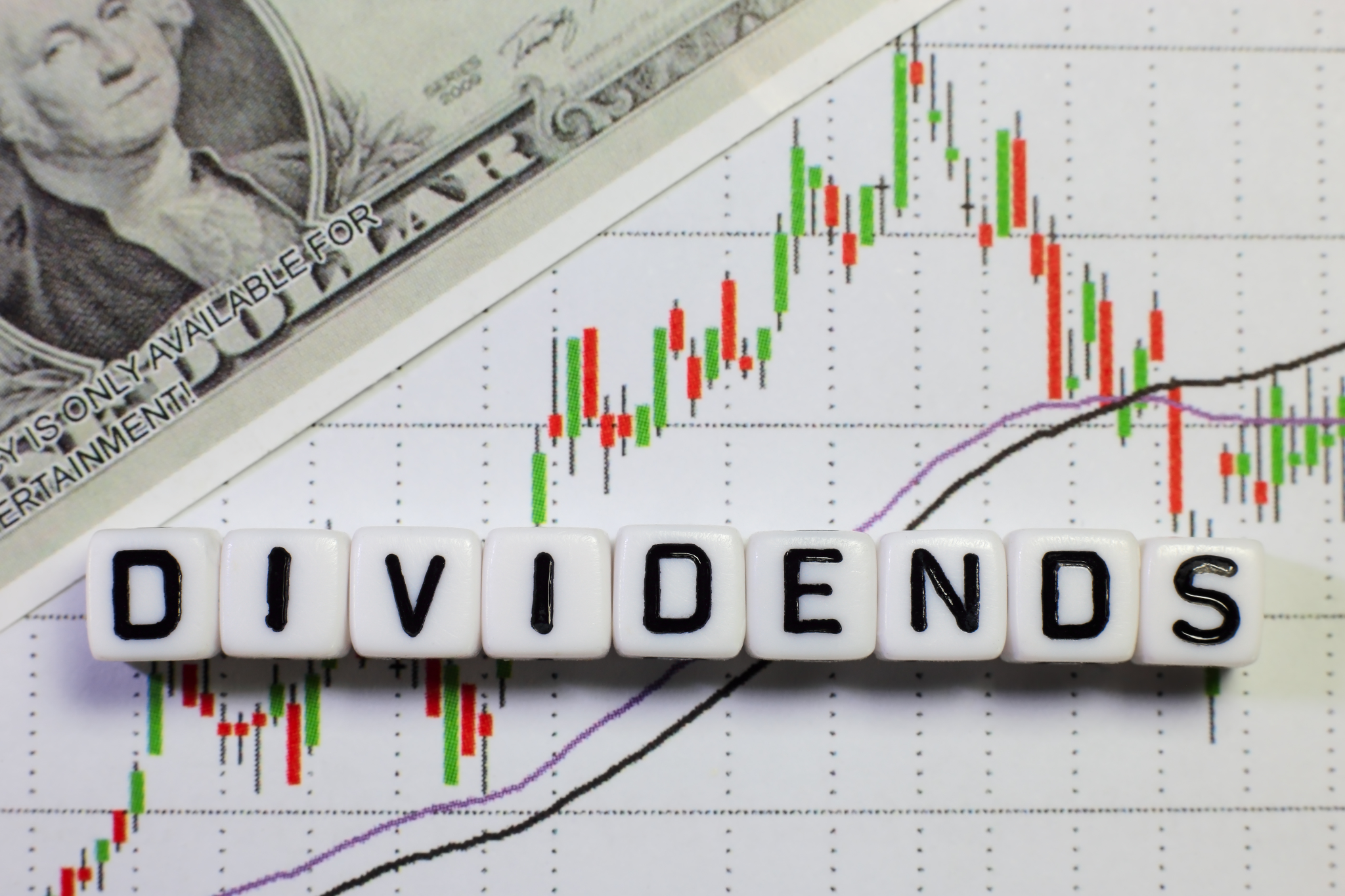
Dividend investing has emerged as a cornerstone strategy for those looking to generate steady income from their investment portfolios. Amid fluctuating markets and economic uncertainties, the allure of dividends—payments made by companies to their shareholders out of their profits—cannot be overstated. This article embarks on an exploration of dividend investing, dissecting its nuances, benefits, and strategic considerations for investors aiming to harness its potential.
The Essence of Dividend Investing
At its core, dividend investing involves buying stocks of companies that pay dividends, with the dual aim of earning income from these dividends while also hoping for capital appreciation of the stocks themselves. Dividend-paying stocks span across a wide array of sectors, offering investors a diversified field to choose from. This investment approach is particularly attractive to those seeking a regular income stream, such as retirees, or as a means of compounding returns over time.
The Landscape of Dividend Stocks
The universe of dividend-paying stocks is rich and varied, including everything from well-established blue-chip companies to smaller, high-growth firms that have begun sharing profits with their shareholders. Key aspects to understand include:
Dividend Yield and Growth
The dividend yield—a stock’s annual dividend payments divided by its market price—is a critical metric for evaluating the attractiveness of a dividend-paying stock. However, savvy investors also focus on dividend growth, seeking companies with a history of increasing their dividends, which can signal financial health and a commitment to returning value to shareholders.
Sector and Market Considerations
Certain sectors, such as utilities, consumer goods, and real estate (through Real Estate Investment Trusts, or REITs), are renowned for their robust dividend payouts. These sectors often contain companies with stable earnings, which can support consistent dividends. Yet, the broader market environment and economic factors also significantly influence dividend sustainability and growth prospects.
International Dividend Stocks
Expanding the search for dividend stocks beyond domestic borders can uncover opportunities in international markets, where dividend traditions and yields may differ. However, investors must consider currency risks, geopolitical factors, and varying tax treatments of dividends on a global scale.
Challenges in Dividend Investing
While dividend investing offers clear benefits, it also presents its own set of challenges:
Dividend Safety and Sustainability
Not all dividends are created equal. The sustainability of a company’s dividend payments can be jeopardized by financial strain, sector downturns, or poor management decisions. Investors must scrutinize a company’s payout ratio (the percentage of earnings paid out as dividends) and financial health to assess the risk of a dividend cut.
Market Volatility and Risks
Dividend stocks, while generally less volatile than non-dividend-paying stocks, are not immune to market fluctuations. Economic downturns, interest rate changes, and sector-specific shocks can impact stock prices and, by extension, dividend yields.
Taxation of Dividends
Dividends are subject to taxation, which can vary depending on the investor’s tax bracket and jurisdiction. Understanding the tax implications is crucial for accurately assessing the net benefit of dividend investing.
Strategic Approaches to Dividend Investing
Developing a successful dividend investment strategy requires a nuanced understanding of the market and a clear assessment of one’s financial goals:
Diversification Across Sectors and Geographies
Diversifying a dividend portfolio across different sectors and geographies can mitigate risks and capitalize on varying dividend practices and economic cycles around the world.

Reinvestment of Dividends
The reinvestment of dividends, often facilitated through Dividend Reinvestment Plans (DRIPs), can significantly enhance the compounding effect, potentially leading to substantial long-term growth of an investment portfolio.
Balance Between Yield and Growth
Optimizing a portfolio to include a mix of high-yield stocks for immediate income and stocks with strong dividend growth prospects can provide a balanced approach, catering to both current income needs and future growth aspirations.
The Ethical Dimension
As dividend investing gains popularity, considerations of corporate responsibility and sustainability come to the fore. Investors are increasingly looking at companies’ environmental, social, and governance (ESG) practices, aligning their investment choices with their ethical values and the broader impact on society.
Navigating the Future of Dividend Investing
The landscape of dividend investing is ever-evolving, influenced by economic cycles, corporate policies, and investor behavior. Staying informed about market trends, regulatory changes, and corporate developments is essential for investors aiming to maximize their dividend investment strategy. While challenges exist, the potential for generating steady income and achieving long-term financial goals makes dividend investing an attractive proposition for income seekers everywhere.
By embracing a thoughtful, informed approach to dividend investing, investors can navigate the complexities of the market, tapping into the enduring value of dividends as a source of income and financial stability.












